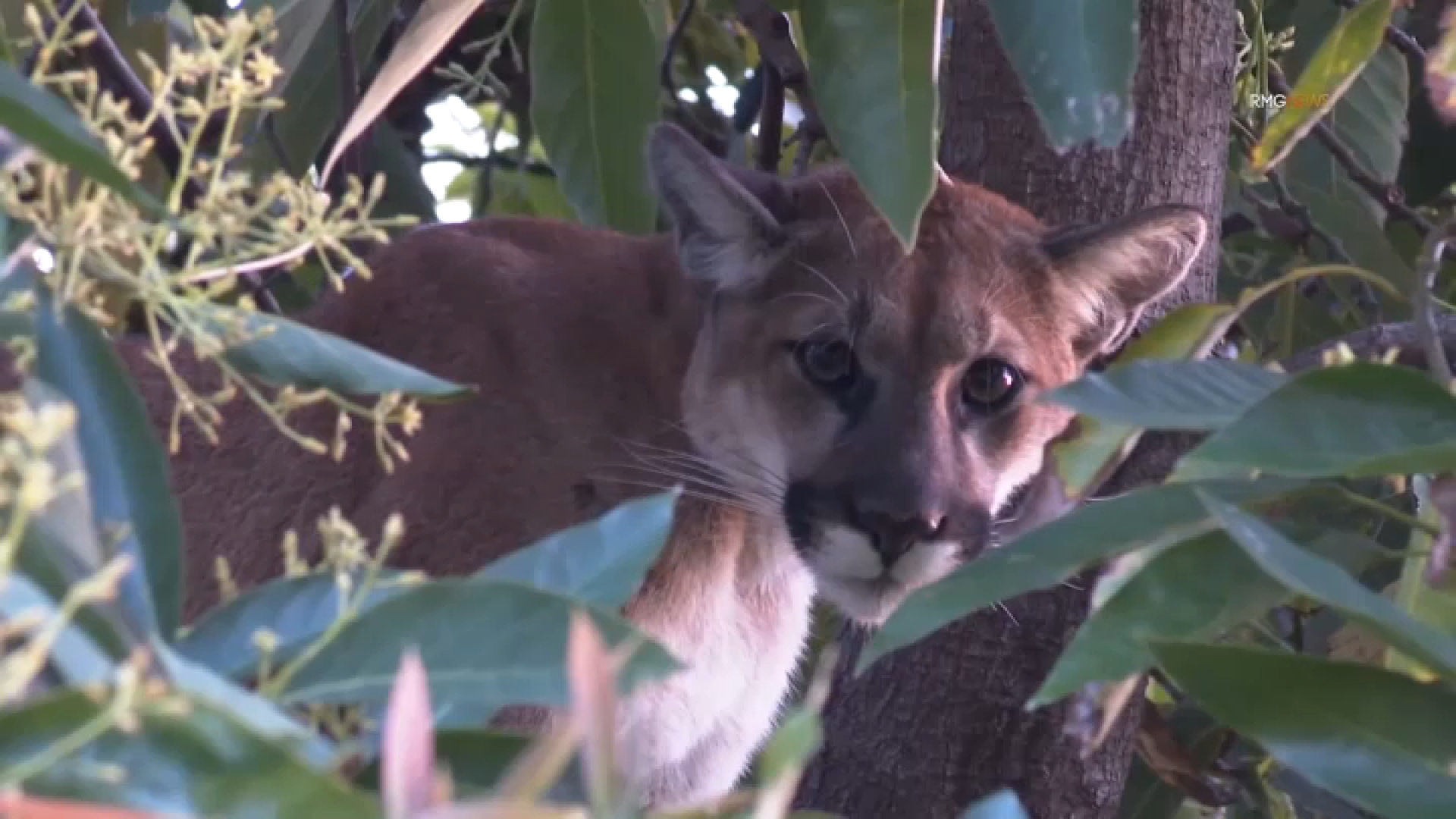When the graphic design artists behind the "Twilight" movie series needed models for their computer-generated wolves, they turned to a sanctuary in Lucerne Valley where visitors can interact with some of nature's most captivating and misunderstood animals.
Artists with Tippett Studios spent five days photographing, filming and drawing the wolves at Wolf Mountain Sanctuary. They were looking for movements and details -- the way shoulder or belly fur swayed in the wind, pack communication, the alpha's behavior -- that could only be seen by sharing some personal time with the sanctuary's wolves.
"For those of us who know these wolves, we can totally tell who's who," said volunteer Stacy Westly. "Given the fact that they had to make the wolf larger than a wolf is naturally, I think they did an ok job."
When Taylor Lautner's character, Jacob Black, leaps into the air and morphs into a wolf, viewers are actually seeing a combination of Istas and Yawto. They are two of the non-profit sanctuary's 13 wolves that come from Alaska, Idaho, Northern California and other locations.
The non-profit educational organization, founded by Tonya Littlewolf in 1980, works to protect and preserve wolves in the wild and in captivity. The sanctuary has seven enclosures with socialized wolves, meaning they are used to being around humans. They stand in contrast to dogs, which are considered "domesticated."
The wolves are rescued from private owners, breeders and the movie industry. Visitors, with supervision from a guide, can interact with the wolves, learn about facts and myths, maybe sing along with a howling wolf and run hands through their fur.
During their visit, Tippett Studio's artists discovered the difference in fur, both texture and color. They took notes on the "short, feathery" body fur and the belly and chest fur, which has "long clumps within clumps." They created a fur "zone chart" to outline the differences and tools, one called the "Furator," to create the best visual representations possible.
But it wasn't just the wolves' appearance that the artists attempted to capture. The wolves' behavior was an important part of creating their on-screen counterparts.
"I like that they also showed the shape-shifters in wolf form not being vicious all the time," said Westly. "You see them tousling and playing."
Westly has vivid memories of her first face-to-face encounter four years ago with a wolf pup -- far from the big, bad wolf depicted in fairy tales.
Local
Get Los Angeles's latest local news on crime, entertainment, weather, schools, COVID, cost of living and more. Here's your go-to source for today's LA news.
"I didn't know what to expect," she said. "One came over, put his beef bone on my lap, and used me as a table. I thought, 'Wow, I cannot believe this is a wolf.'"
The fur is significantly softer than most people think, Westly said. And then there's the size, which usually surprises people who use domesticated dogs for a frame of reference. The sanctuary's wolves weigh 160 to 180 pounds. All that fur and muscle is firmly planted on large paws made to run long distances.
Visit the facility's website to learn more about Wolf Mountain Sanctuary.
Follow: @WolfMtnSanct | Facebook: Wolf Mountain Sanctuary | Official Website
Follow NBCLA for the latest LA news, events and entertainment: Twitter: @NBCLA // Facebook: NBCLA



